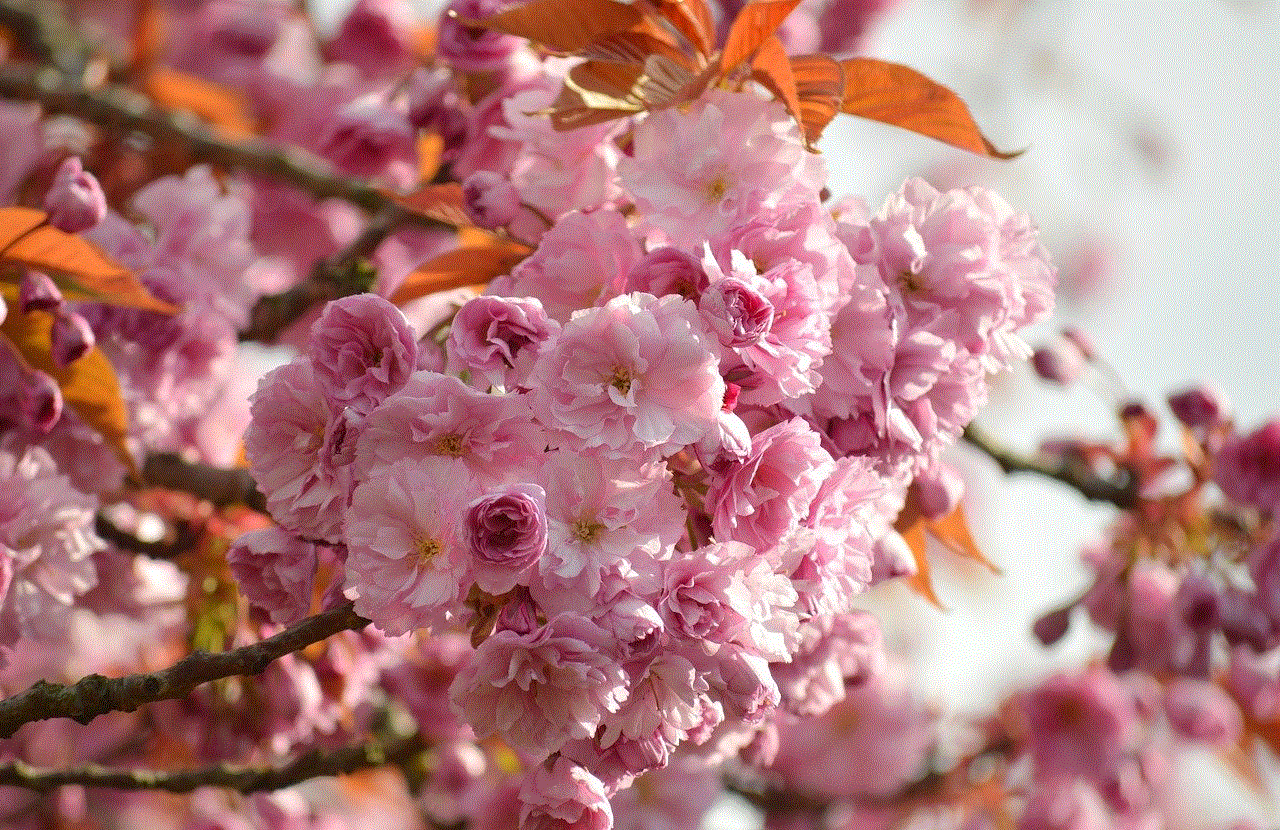peach meaning sexually
The peach is a well-known and beloved fruit that is often associated with summer, sweetness, and good health. But did you know that this humble fruit also has a deeper, more sensual meaning? In the world of sexuality, the peach holds a special place, symbolizing desire, sensuality, and pleasure. In this article, we will explore the history, symbolism, and sexual connotations of the peach, and how it has become a popular metaphor for human sexuality.
The history of the peach and its association with sexuality can be traced back to ancient times. In Greek mythology, the peach was considered a sacred fruit of the goddess Aphrodite, the goddess of love, beauty, and sexuality. The Greeks believed that the peach had the power to enhance sexual desire and fertility, and it was often used as an offering to the goddess in hopes of gaining her favor. Additionally, in Chinese culture, the peach is a symbol of longevity, prosperity, and fertility, and is often depicted in artwork and literature as a symbol of love and romantic relationships.
One of the most common associations with the peach and its sexual meaning is its physical appearance. The round, soft, and velvety texture of the fruit is often compared to the curves and softness of a woman’s body. Similarly, the peach’s delicate and juicy flesh is seen as a representation of the female genitalia. This comparison is further reinforced by the fact that the peach is often described as having a “blushing” or “flushed” skin, which is also a common way to describe a woman’s cheeks when she is sexually aroused.
The peach’s color is also significant in its sexual symbolism. Its vibrant shades of pink, orange, and red are often associated with passion, desire, and sexuality. In fact, the color peach itself is often used to describe a person’s complexion, particularly if they have a warm, glowing skin tone. This color association further reinforces the peach’s connection to sensuality and sexual desire.
The peach’s sweet and juicy flavor is also often used to describe sexual pleasure and satisfaction. It is not uncommon to hear people refer to a particularly pleasurable sexual experience as being “peachy” or “like a ripe peach.” This comparison is not only due to the physical sensations that the fruit and sex share, but also to the idea that both are indulgent and enjoyable experiences.
The peach’s sexual symbolism is not limited to just its physical appearance and taste, but also extends to its scent. The fruit’s delicate and alluring fragrance is often associated with seduction and arousal. It is no wonder then that many perfumes and body sprays contain peach notes, as it is believed that the scent can enhance one’s sexual appeal.
In addition to its physical attributes, the peach’s symbolism also has a deeper meaning when it comes to human sexuality. It is often seen as a symbol of desire and temptation, as its alluring appearance and sweet taste can be hard to resist. This idea is further reinforced by the fact that the peach is often used in literature and art as a metaphor for sexual desire and seduction.
Furthermore, the peach’s soft and delicate nature can also be seen as a representation of vulnerability and surrender in a sexual context. Just as the fruit must be handled with care to avoid bruising or damaging its tender skin, sexual intimacy requires trust and vulnerability from both partners. The peach’s symbolism serves as a reminder of the importance of gentleness and care in a sexual relationship.
The peach’s symbolism also extends to the LGBT+ community, where it is often used as a symbol of same-sex desire and love. This association is thought to have originated from the phrase “the peach is ripe,” which was used as a code for homosexual relationships in the early 20th century. This phrase was often used in letters between gay men to discreetly express their feelings and desires for one another.
The peach’s sexual symbolism has also made its way into popular culture. In music, the peach has been referenced in numerous songs, often as a metaphor for sexual desire and pleasure. One of the most well-known examples is the song “Peaches” by the band The Presidents of the United States of America, where the lyrics describe the peach as “millions of peaches, peaches for me” and “peaches come from a can, they were put there by a man.” These lyrics can be interpreted as a playful reference to female genitalia and the pleasure that can be derived from it.
Similarly, in the world of fashion, the peach has been used as a symbol of sensuality and sexuality. The color peach is often associated with lingerie and intimate apparel, as it is seen as a soft, feminine, and alluring shade. Additionally, the peach emoji has become a popular symbol for flirting and sexual innuendos in texting and social media.
In conclusion, the peach has been a symbol of sexuality and desire for centuries, with its physical appearance, taste, scent, and deeper meanings all contributing to its sexual connotations. Whether it is used as a metaphor for female beauty and sensuality, a representation of vulnerability and surrender, or a symbol of same-sex desire, the peach holds a special place in the world of sexuality and continues to be a popular symbol in popular culture. So next time you bite into a ripe, juicy peach, remember its deeper, more sensual meaning and perhaps let your imagination run wild.
whats pog mean
The term “pog” has become increasingly popular in recent years, particularly in the online gaming and streaming communities. But what does it actually mean? Is it just a meaningless slang term or does it have a deeper significance? In this article, we will delve into the origins of the word “pog” and explore its various meanings and uses.
Origins of “Pog”
The word “pog” has its roots in a popular children’s game that was played in the 1990s. The game, called “Milk Caps,” involved players collecting and trading cardboard discs with images on them. These discs were known as “pogs” and were used to play a game where the players would stack them and hit them with a larger disc, trying to flip them over. The term “pog” was derived from the brand name of the discs, POG (Passionfruit, Orange, and Guava) juice, which was popular at the time.
The game gained widespread popularity and soon became a craze among children all over the world. However, as with most fads, it eventually died out. But the word “pog” did not disappear entirely. It resurfaced in the early 2000s in the online gaming community, particularly in the game of “World of Warcraft.” Here, players would use the word “pog” to express excitement or success in the game.
“PogChamp” and Twitch Culture
The word “pog” gained even more traction in the gaming world with the rise of the streaming platform, Twitch. In 2012, Twitch introduced a feature called “emotes,” which are small images that can be used in chat to express different emotions or reactions. One of these emotes was “PogChamp,” which featured a picture of a man named Ryan “Gootecks” Gutierrez, making an excited face. The emote quickly became a favorite among Twitch users and was used to express hype or excitement in chat.
As Twitch grew in popularity, so did the use of “PogChamp.” It became a way for viewers to show their support and appreciation for streamers when something exciting or unexpected happened in their streams. The emote was also widely used in memes and social media, further cementing its place in internet culture.
Alternative Meanings of “Pog”
While “pog” is most commonly associated with gaming and Twitch culture, it has also taken on other meanings and uses. One of these is as an acronym for “play of the game,” which is commonly used in the gaming community to refer to a particularly impressive or game-changing moment in a match.
In addition, “pog” is sometimes used as a slang term for “cool” or “awesome.” This usage is believed to have originated from the game “Magic: The Gathering,” where players would use the word to describe powerful or valuable cards. It has since spread to other gaming communities and is often used to express admiration or approval.
The Rise of “Poggers”



Another variation of “pog” that has gained popularity in recent years is “poggers.” This term is believed to have originated from a typo of “poggers,” which was then adopted by the gaming community. Its meaning is similar to that of “pog” and is often used to express excitement or hype in chat or social media.
“Poggers” has also become associated with the Pepe the Frog meme, which is often used as a Twitch emote. The combination of “poggers” and Pepe has become a popular way for Twitch users to express their excitement in chat, with variations such as “PepePoggers” and “PoggersPepe” also being used.
The Controversy Surrounding “PogChamp”
In January 2021, the “PogChamp” emote became the center of controversy when the person depicted in the image, Ryan “Gootecks” Gutierrez, made inflammatory comments on social media. As a result, Twitch removed the emote and announced that they would be replacing it with a new one every 24 hours. This decision was met with mixed reactions from the community, with some arguing that it was unnecessary and others applauding Twitch for taking a stand against hate speech.
The “PogChamp” controversy sparked a debate about the use of emotes and whether they should be associated with specific individuals. It also highlighted the growing influence of Twitch and its role in shaping internet culture.
The Evolution of “Pog”
The word “pog” has come a long way since its humble beginnings as a children’s game. It has evolved and adapted to different contexts, becoming a staple in online gaming and streaming culture. Its various meanings and uses have made it a versatile term, used to express a range of emotions and reactions.
In addition, “pog” has also become a symbol of internet culture and the power of online communities. It has shown how a simple word or image can bring people together and create a sense of belonging and camaraderie.
Conclusion
In conclusion, “pog” may have started as a term used in a children’s game, but it has since evolved into a widely recognized slang term with multiple meanings and uses. Its journey from the playground to the internet is a testament to the ever-changing nature of language and the influence of technology on our communication.
Whether you are a gamer, a streamer, or just someone who spends a lot of time on the internet, chances are you have encountered the word “pog” in some form. It may seem like just another internet fad, but its widespread use and cultural significance cannot be ignored. So next time you see someone using the word “pog,” you’ll know that it’s more than just a random term – it’s a symbol of a community and a shared language that transcends boundaries and brings people together.
serving meaning slang
Slang has always been a part of human language, constantly evolving and adapting to the times. It is a form of language that is informal and often used by specific groups or communities. Slang words and phrases can be a way to express oneself, to create a sense of belonging, or to simply add some color to a conversation. One such slang term that has gained popularity in recent years is “serving.” In this article, we will delve into the meaning of “serving” in slang and how it is used in different contexts.



The term “serving” in slang has several meanings, depending on its usage. At its most basic, it refers to providing or delivering something to someone else. This could be in the form of food, drinks, or even information. For example, if someone says “I’ll be serving up some hot coffee in the morning,” it means they will be making and providing coffee for others. Similarly, if someone says “Can you serve me the latest gossip?” it means they want to be informed about the latest news or rumors.
However, in contemporary slang, “serving” has taken on a more nuanced meaning. It is often used to describe someone’s appearance, particularly in the context of fashion and style. When someone says “That outfit is serving!” it means the outfit is stylish, trendy, and looks great on the person wearing it. It is a way of expressing admiration for someone’s sense of fashion. Similarly, if someone comments “She is serving major looks today,” it means the person is looking exceptionally fashionable and stylish.
The term “serving” in slang can also be used to describe someone’s performance or skills. It is often used to praise someone’s abilities or achievements. For example, if someone says “That singer is serving vocals!” it means the singer has exceptional singing skills. If someone comments “He is serving on the basketball court,” it means the person is playing exceptionally well in a game of basketball. It is a way of acknowledging someone’s talent and applauding their efforts.
“Serving” can also be used as a response to a compliment. For instance, if someone says “You look amazing in that outfit,” the person being complimented could respond with “Serving!” It is a way of accepting the compliment and acknowledging that the outfit is indeed stylish and flattering.
In addition to its use as an adjective, “serving” can also be used as a verb. When used in this sense, it means to outdo or surpass someone or something. For example, if someone says “She is serving the competition,” it means the person is doing better or achieving more than their competitors. Similarly, if someone says “That restaurant is serving the best pizza in town,” it means the restaurant is surpassing all others in terms of the quality of their pizza.
Another popular usage of “serving” in slang is in the phrase “serving looks.” This phrase is often used in the context of social media, particularly on photo-sharing platforms like Instagram . When someone says “She is serving looks on her Instagram ,” it means the person is posting photos of themselves in stylish or fashionable outfits, creating a visually appealing feed. It is often used as a compliment to someone’s social media presence.
The phrase “serving face” is also commonly used in contemporary slang, particularly in the LGBTQ+ community. It refers to someone looking fierce, confident, and serving attitude through their facial expressions. It is often used in the context of drag culture, where performers use makeup and exaggerated facial expressions to portray different characters. When someone says “He is serving face on the runway,” it means the performer is portraying a fierce and confident character through their facial expressions.
In the world of fashion and beauty, “serving” has also become synonymous with the term “slaying.” Both terms are used to describe someone’s sense of style and their ability to carry off a look with confidence and grace. However, “serving” has a slightly more positive connotation, whereas “slaying” can sometimes carry a competitive undertone. When someone says “She is serving the red carpet,” it means the person is looking stunning and confident on the red carpet.
In the LGBTQ+ community, “serving” has also taken on a more specific meaning. It is often used to describe someone’s gender expression, particularly when it deviates from traditional societal norms. For instance, if someone says “They are serving gender non-conforming realness,” it means the person is expressing their gender identity in a way that is not conforming to traditional expectations. It is a way of acknowledging and celebrating diversity in gender expression.
In addition to its various uses as an adjective and verb, “serving” has also spawned off several other slang terms. One popular variant is “serving face and body,” which is used to describe someone who not only looks stylish and confident but also has a great physique. Similarly, “serving lewks” is a playful variation of “serving looks,” often used to describe a more daring or unconventional sense of fashion.
Another term that has emerged from “serving” is “serving tea.” This phrase is used to describe someone who is gossiping or sharing juicy information. It is often used in a playful or humorous manner, with the implication that the information being shared is not entirely serious or important. For example, if someone says “I heard she was serving tea at the party last night,” it means the person was gossiping and sharing rumors at the party.
In recent years, “serving” has also been used in the context of social justice and activism. The phrase “serving justice” is often used to describe someone who is fighting for a cause or standing up against injustice. It is a way of acknowledging and applauding someone’s efforts in creating a more just and equal society. Similarly, “serving realness” is used to describe someone who is being authentic and genuine in their actions and beliefs.
It is worth noting that the use of “serving” in slang is not limited to English-speaking countries. It has gained popularity in many other languages, especially in countries where English is widely spoken. In some cases, it may be used with a slight variation in spelling or pronunciation, but the overall meaning remains the same.



In conclusion, “serving” in slang has evolved from a simple term meaning to provide or deliver something to a multifaceted term used to describe someone’s appearance, skills, performance, and even their activism. It has become a part of popular culture, particularly in the LGBTQ+ community, and is constantly evolving with new variations and uses. Whether it’s serving looks, serving tea, or serving justice, the term has become a way for people to express themselves and connect with others through language.

